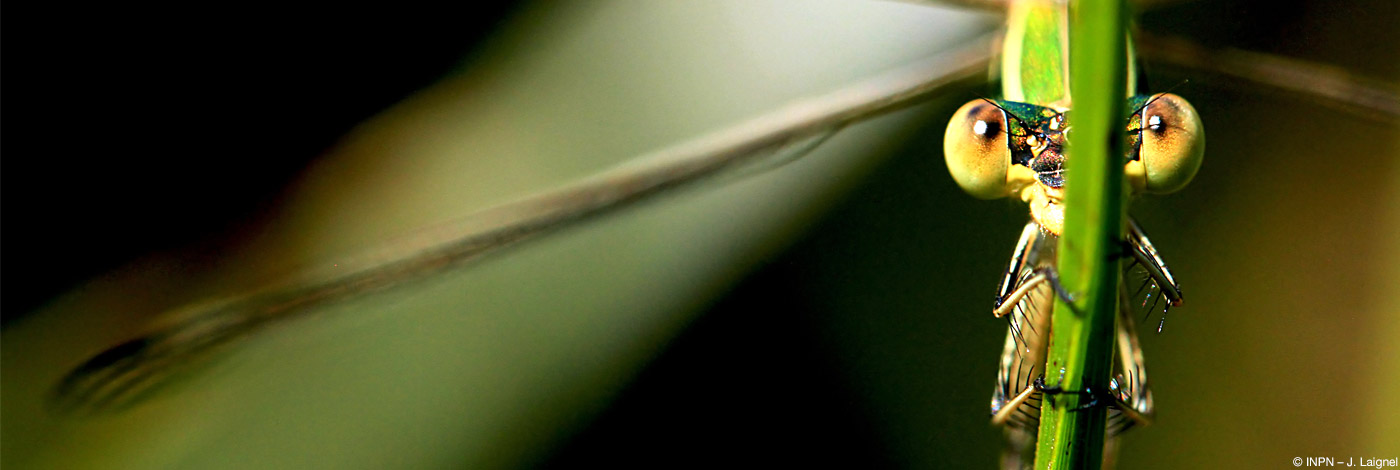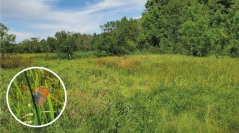

 Naturae
2024 (10) - Pages 211-222
Naturae
2024 (10) - Pages 211-222Insects are among the taxa that have declined the most in recent decades, with more than 40% of species classified as endangered. Butterflies are notably species strongly impacted by human activities. They are good bioindicators that are relatively easy to study when we want to highlight changes in insect communities. Standardized monitoring was carried out in 2011 then renewed in 2021 on the Natura 2000 site of the “Marais de Brouage (et marais nord d’Oléron)” in Charente-Maritime. The aim of this study was to characterize the evolution of butterfly communities over a ten-year period, in a moist grassland environment under agricultural management. Analyzes on the set of species have revealed changes in the composition and structure of butterfly communities. A homogenization of communities has been highlighted, in aid of generalist species that use wasteland resources. Occurrences’ increase/decrease between the two years were highlighted for nine of the 59 studied species. Climate change including mediterraneanization of the region’s climate could be partly responsible for the changes observed within the communities and for the differences in some species’ occurrence. Changes in agricultural management on sites may also have played an important part in these modifications. Nevertheless, studies with more precise data and further analyzes seem to be needed before proposing effective conservation actions.
Standardized inventory, agricultural grassland